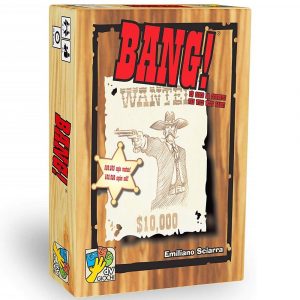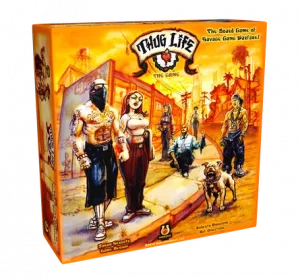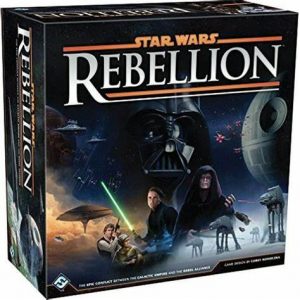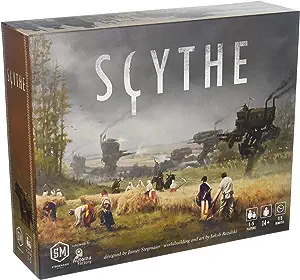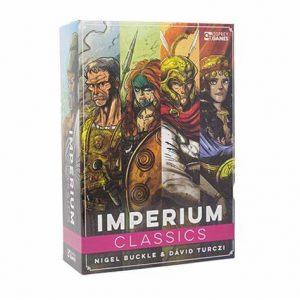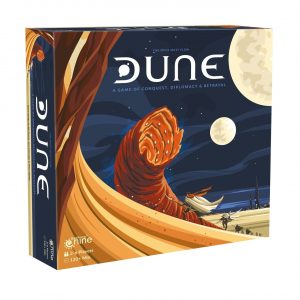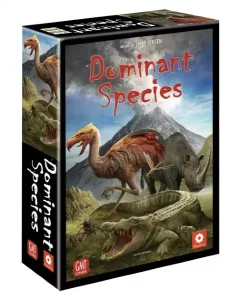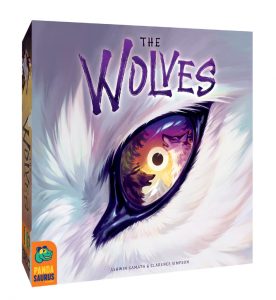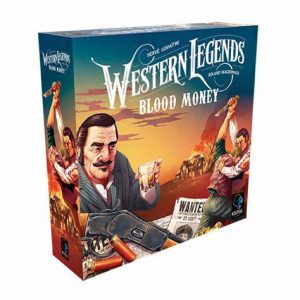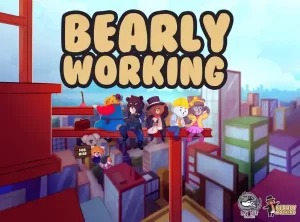
Bearly Working
Welcome to your City! As the newly elected Mayor it is your duty to attend and bid at a 5-day bear auction in hopes of creating a prosperous society with a diverse workforce. Watch out though because you’ll be facing rival Mayors with the same objective! Bearly Working is an “auction-based card collecting game” where the end goal is to have more points than your opponents while managing your resources wisely. Develop your city by purchasing bears with special skills and hire covert criminals to sabotage your opponents! Whatever your strategy…
Running a city is grizzly business!
—
This is an auction-based game for two to four players and takes around 20 to 30 minutes to play.
The game lasts 5 days and each day is broken into 3 phases.
The first phase is the auction, where you will face off against the other mayors in an open bidding system. One by one, a bear is showcased and then auctioned off. The winning bidder hires the worker into their city. The second phase is payday. There are two types of bears. One provides victory points and the other provides income. Mayors with income bears in their city will collect their total paycheck from the bank. The third phase is the action phase. Mayors will have three opportunities to either collect five coins from the bank or enlist the help of criminals.
These crooks will be essential in sabotaging your competition. They do devious things such as fixing the auction, stealing some money or kidnapping bears. At the end of the third phase, the day is complete, and this cycle is repeated for a total of 5 times. The player with the most victory points at the end of the game, is the winner!
Game Mechanics:
- Auction/Bidding
- Set Collection
- Take That
Game Specifications:
- 2 – 4 Players
- 20 – 35 Minutes
- Difficulty Weight 1.33
